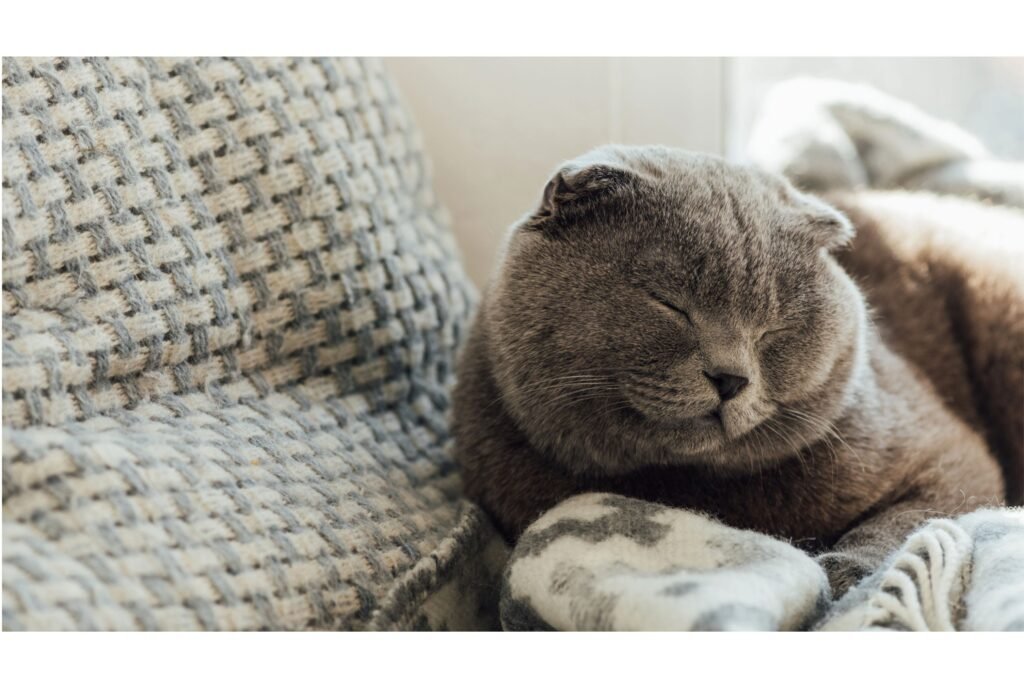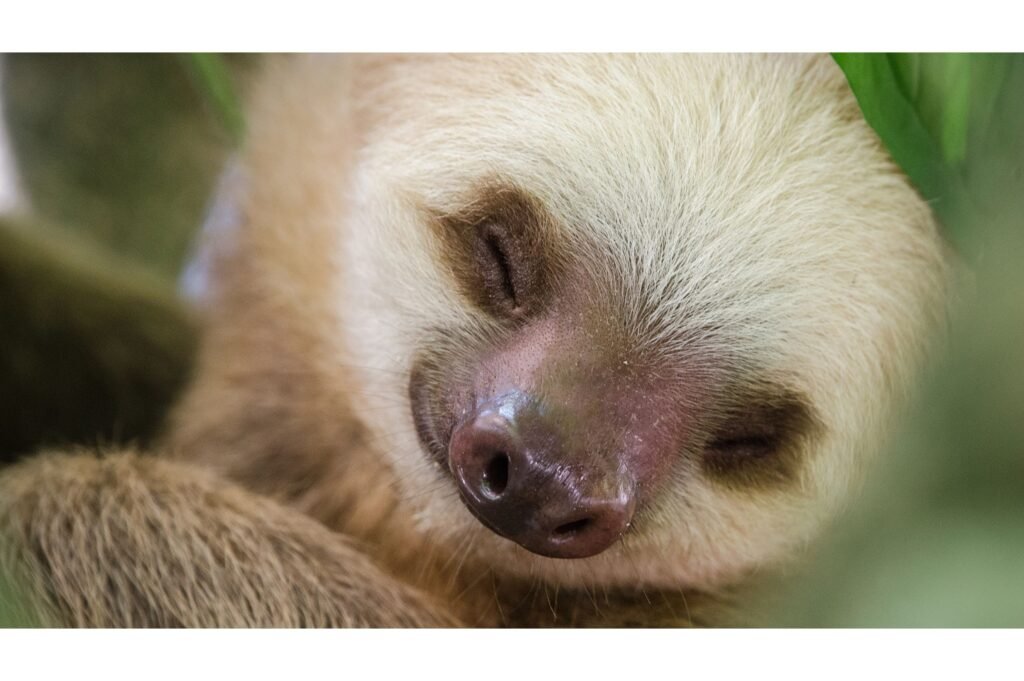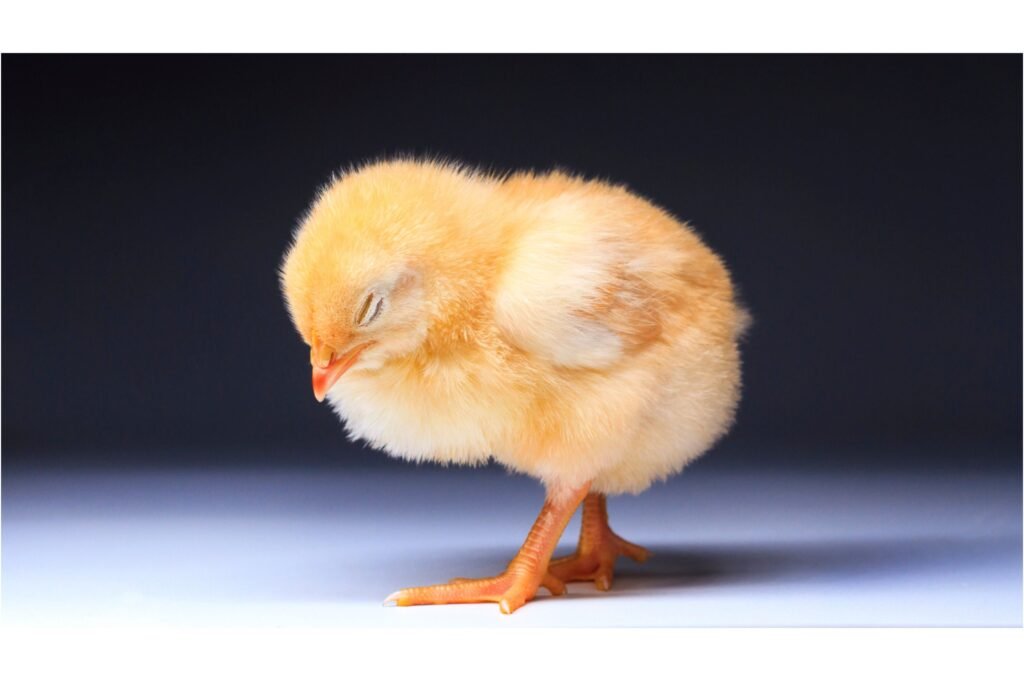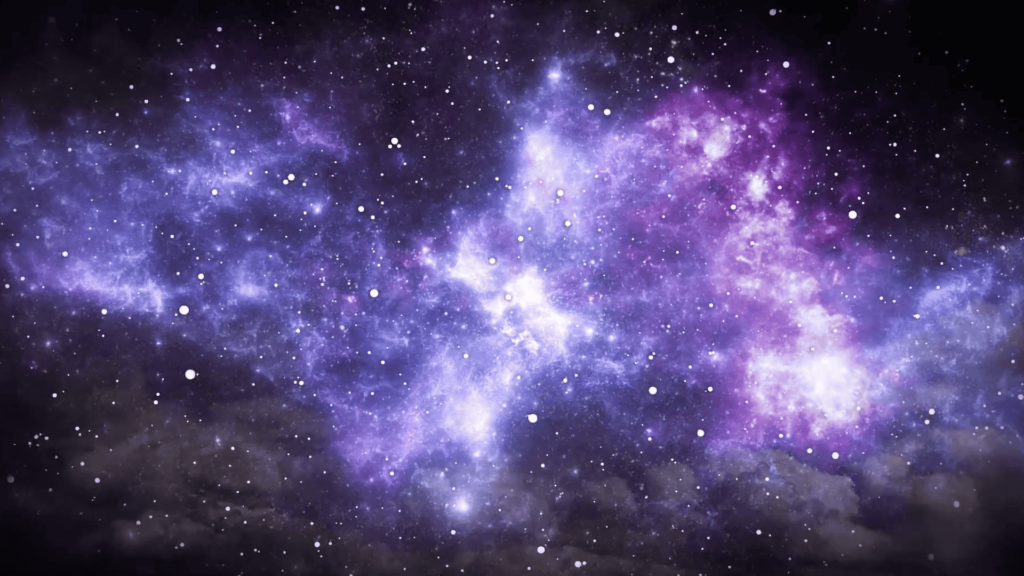Sleep is a fundamental aspect of life for many organisms, including animals. Just like humans, animals need sleep to function optimally. However, the sleep patterns and behaviors of animals can vary greatly depending on their species, environment, and ecological needs. Understanding animal sleep is key to uncovering what animals might dream about if they dream at all. Next time you see your cat sleeping on the bed, maybe take a moment to wonder what worlds they could be imagining.
What is REM Sleep?

Rapid Eye Movement (REM) sleep is a phase of the sleep cycle marked by rapid movement of the eyes, increased brain activity, and vivid dreams in humans. REM sleep is also essential for memory consolidation, cognitive processing, and emotional regulation. Many animals exhibit REM sleep, leading scientists to infer that they might also experience dreams.
Animals That Experience REM Sleep

Research has identified that mammals and birds are the primary groups of animals that experience REM sleep. The presence of REM sleep in mammals like dogs, cats, and certain rodents is well-documented. Birds, including parrots and owls, also display REM sleep, suggesting they might dream just like mammals. However, reptiles and amphibians seem to have different sleep patterns that are still being studied.
Do All Animals Dream?

The question of whether all animals dream is still a matter of scientific investigation. While many animals experience REM sleep, which is associated with dreaming, it is not conclusively proven that they dream in the same way humans do. The complexity of an animal’s brain and its sleep patterns might play a significant role in whether it experiences dreams.
Research on Dreaming in Animals

Studies on animal dreaming often involve examining brain activity during sleep. Researchers use electroencephalograms (EEGs) to monitor brain waves in sleeping animals. Patterns similar to those found in human dreaming have been observed in animals like rats, suggesting that some animals might indeed experience dreams. Significant research is being conducted to understand the nature and contents of these potential dreams.
What Might Animals Dream About?

If animals do dream, their dreams are likely linked to their daily experiences and activities. For instance, a dog might dream about running and playing with its human companion, while a cat might dream about hunting and exploring. Since dreams in humans often involve familiar scenarios and emotions, it is plausible that animals might dream about routines they’ve experienced or instinctual behaviors linked to survival.
The Role of Sleep Cycles in Dreaming

Sleep cycles, including both REM and non-REM phases, influence the structure of sleep and, consequently, the occurrence of dreams. Humans go through multiple sleep cycles during the night, with several REM phases, each potentially allowing for dreams. Similar cycles are observed in many mammals and birds, suggesting that the more cycles an animal has, the more opportunities it might have for dreaming.
Observations of Dreaming in Animals

There have been anecdotal and observational studies suggesting that animals dream. Pet owners often observe their dogs’ legs twitching or cats making noises during sleep, which could be interpreted as dream-like activities. Scientific research supports these observations to an extent, associating them with motor neuron discharge during REM sleep.
Implications of Animal Dreaming

If animals do experience dreams, this has important implications for our understanding of consciousness and emotional experiences in animals. It could suggest a deeper level of cognitive processing and emotional complexity than previously thought. This understanding might impact various fields, including animal welfare, psychology, and related ethical considerations regarding the treatment of animals.
Future Research and Discoveries

The science of animal dreaming is still in its nascent stages, with much yet to be discovered. Future research may utilize more advanced technologies and a broader scope of study across various animal species to better understand the phenomenon of dreams in the animal kingdom. Understanding the physiological and neurological basis for dreaming in animals might unravel mysteries about their inner lives and consciousness.

Jan loves Wildlife and Animals and is one of the founders of Animals Around The Globe. He holds an MSc in Finance & Economics and is a passionate PADI Open Water Diver. His favorite animals are Mountain Gorillas, Tigers, and Great White Sharks. He lived in South Africa, Germany, the USA, Ireland, Italy, China, and Australia. Before AATG, Jan worked for Google, Axel Springer, BMW and others.




